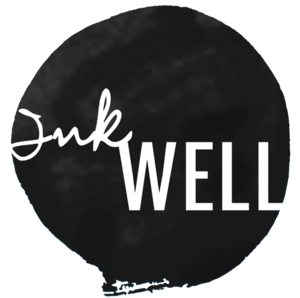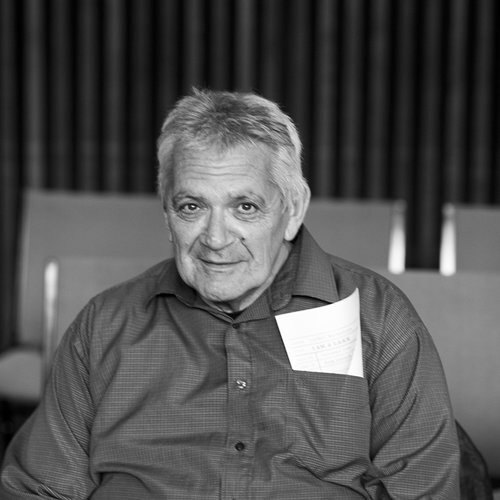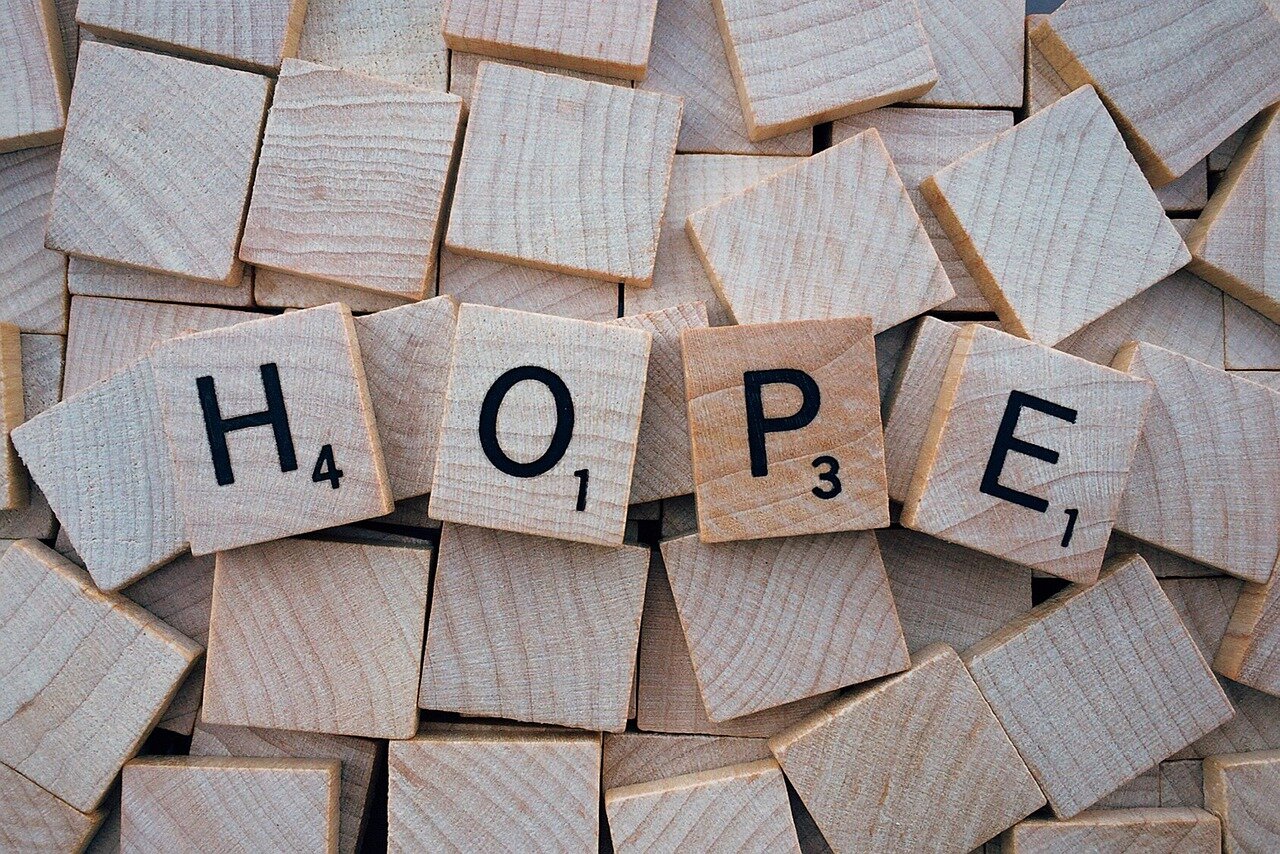Illustration by Paru Ramesh
The rise in popularity of people outside of the Black community speaking publicly about the systemic racism Black people face in North America has been exponential in the last month. I think this has been in part because the filmed and widely circulated footage of the deaths of Ahmaud Arbery and George Floyd are impossible to be easily forgotten about by anyone. The norm for so long was that injustice became a quickly forgotten hashtag in the eyes of those who couldn’t imagine their relatives or themselves having their pain and ultimate death reduced to nothing but a few empty words on a screen. Because of the pandemic, most people are in quarantine and have more time for contemplation about the workings of our society. They are no longer able to look away and distract themselves from the flagrant disregard for Black life that is ingrained in North America’s formation and history.
This increase in allyship is instrumental to challenging and dismantling harmful institutional structures. Allyship comes in many forms: donating to Black causes and bail out funds, contacting members of your local government and asking them to invest more of your city’s budget into resources to help fund community services, supporting Black businesses and creators, researching the history of racism, learning how to be anti-racist on a daily basis and finally acknowledging and calling out your own biases and past racist behaviour before challenging the racist behaviour of others.
Many allies are unsure where to start and can get frustrated and overwhelmed, especially when called out for making missteps. Mistakes are all a part of the learning process. Being able to take feedback without becoming defensive or deflecting is an essential part of forwarding civil discourse that can assist systemic change. Some advice I can offer is to be extremely mindful that even though Black people are generally more well versed in these issues than allies, do not expect or demand that we educate allies on how to become anti-racist. Rather than asking how to be anti-racist, simply asking how Black friends are feeling is important. Be conscious that, for them, the realization of how terrifying and traumatizing it can be to exist as a Black person was not sudden. We have dealt with racism our entire lives and it can be infantilizing to assume anything about how we are feeling concerning what is currently happening. One example could be not asking me how I’m feeling about the current situation, but just assuming I must not be doing well and offering to buy me something when I never indicated that I need that type of support - or even that I needed support at all. Every Black person is different and our needs and emotional states may or may not have changed much during this time because this is our everyday reality. We may be feeling worse, but you won’t know until you ask us and take into account that our feelings are not indicative of anyone else’s besides our own.
In my experience, having these conversations with people outside of my community has sometimes resulted in people talking over me, ignoring me, gaslighting my perspective by telling me I’m too sensitive or blatantly telling me to stop mentioning racism because it makes them uncomfortable. These experiences are traumatizing and have been the norm for many black-identifying folks for their entire lives. Such insensitive reactions can give us pause when trying to share our thoughts and feelings with people who may have in the past silenced us, knowingly or not.
This is why, once you establish if a Black person in your life is asking you for support, it is a good idea to ask what type of support they need. The support desired might entail discussing the current situation with you or it may not. While some individuals from the Black community are ready to participate in these tough conversations, others may prefer that the potential allies in their lives focus on having discussions with people outside the Black community to acknowledge and call out prejudice within themselves or others. Whatever the preference of the person you are asking, doing your own research to become a strong ally is essential.
Lots of active allies have been educating themselves by watching documentaries and historical and modern texts about being anti-racist and confronting White fragility and privilege. This is a great starting point for people who have not had racism on their radar. For many Black people, we have already done this research and had countless conversations about--and experiences of--systemic and individual racism.
Growing up reading anti-racist texts and talking about them with my family, we often speak about the dangers of research fatigue. Although the horrors our ancestors faced and their connection to present-day injustices are important for everyone to learn, immersing ourselves constantly in this research can be traumatizing. It helps to take breaks and know that this work is not only about learning about Black death. Celebrating Black life, accomplishments and joy is just as important. Watching a documentary like 13th (2016) can be a heavy experience, so balancing that with reading or watching uplifting content from Black creators is another great way to support the movement that doesn’t take such an emotional toll.
There has been a lot of focus on performative acts of solidarity on social media, but true allyship comes from not having to show off what you are doing to support others. True allyship is real-world action. Changing systemic problems can seem overwhelming, but taking action locally is a way to tangibly effect change in the community around you. Calling and emailing your local representatives and asking them to invest more in mental health, social housing, employment services, education and infrastructure in historically underfunded, predominantly Black areas of your city makes a difference.
Whether you are an active ally or a member of the Black community, reckoning with societal oppression historically and presently is an ongoing movement that must survive social media trends. We are now in a new wave of the civil rights movement in North America, and making our voices heard and challenging ourselves to be better is an ongoing task that will have its successes and pitfalls. The most important part of the journey is the ability to build our resilience and know that even though our actions may at times seem small scale, the cumulative results of our efforts will be profound.
Maya Ameyaw
Book, TV Show and Movie List
The Skin We’re In: A Year of Resistance by Desmond Cole
Black Writers Matter Edited by Whitney French
Monster by Walter Dean Myers
Frying Plantain by Zalika Reid-Benta
Fifteen Dogs by André Alexis
Why I’m No Longer Talking To White People About Race by Reni Eddo-Lodge
They Said This Would be Fun: Race, Campus Life and Growing Up by Eternity Martis
Black Looks: race and representation by bell hooks
So You Want To Talk About Race by Ijeoma Oluo
Are Prisons Obsolete? by Angela Davis
Miss Juneteenth Directed by Channing Godfrey Peoples
Moonlight Directed by Barry Jenkins
I May Destroy You Season 1
Insecure Seasons 1 - 4












